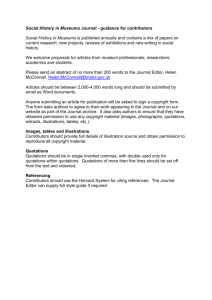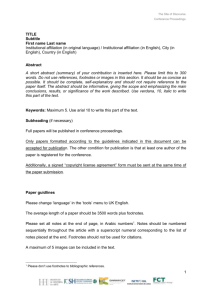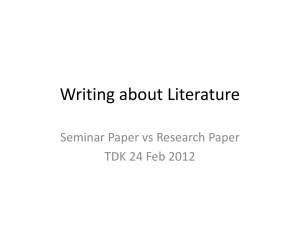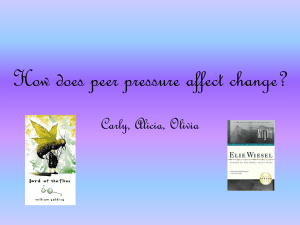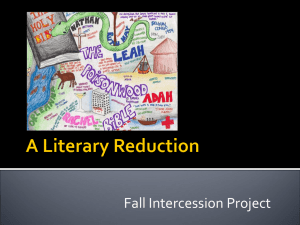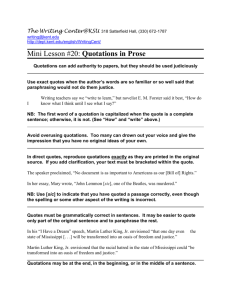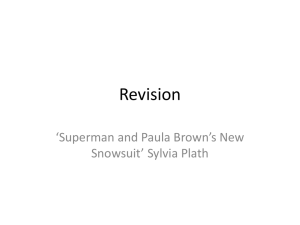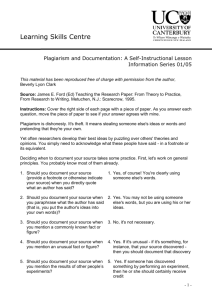How To Incorporate Quotations Into Critical Essays
advertisement
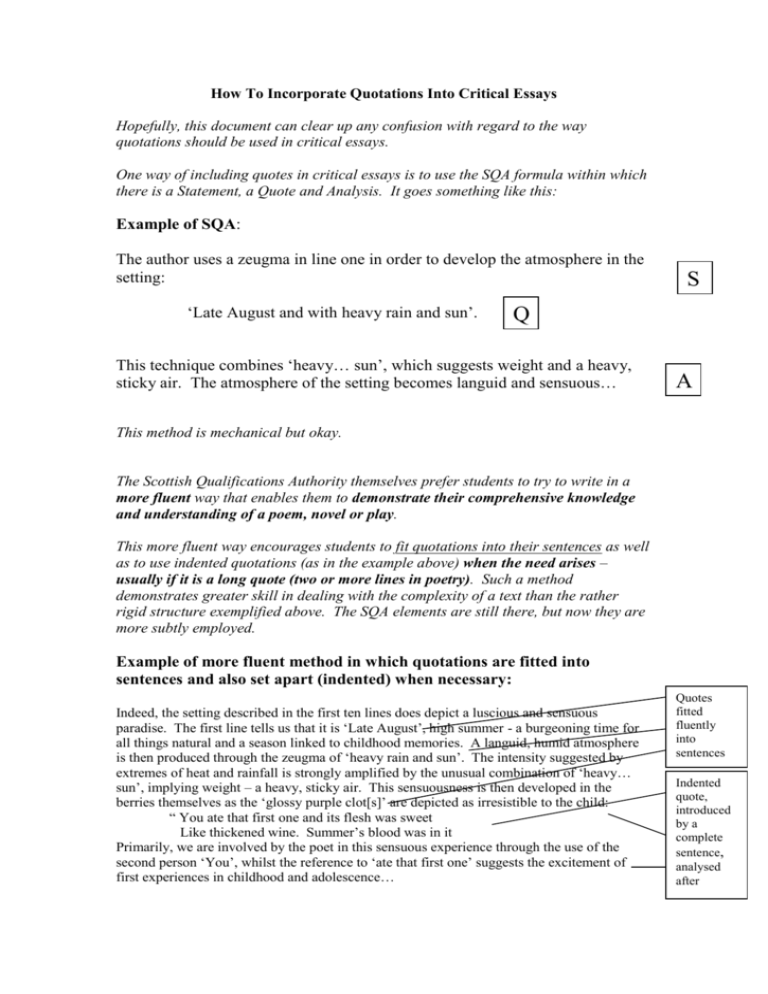
How To Incorporate Quotations Into Critical Essays Hopefully, this document can clear up any confusion with regard to the way quotations should be used in critical essays. One way of including quotes in critical essays is to use the SQA formula within which there is a Statement, a Quote and Analysis. It goes something like this: Example of SQA: The author uses a zeugma in line one in order to develop the atmosphere in the setting: ‘Late August and with heavy rain and sun’. S Q This technique combines ‘heavy… sun’, which suggests weight and a heavy, sticky air. The atmosphere of the setting becomes languid and sensuous… A This method is mechanical but okay. The Scottish Qualifications Authority themselves prefer students to try to write in a more fluent way that enables them to demonstrate their comprehensive knowledge and understanding of a poem, novel or play. This more fluent way encourages students to fit quotations into their sentences as well as to use indented quotations (as in the example above) when the need arises – usually if it is a long quote (two or more lines in poetry). Such a method demonstrates greater skill in dealing with the complexity of a text than the rather rigid structure exemplified above. The SQA elements are still there, but now they are more subtly employed. Example of more fluent method in which quotations are fitted into sentences and also set apart (indented) when necessary: Indeed, the setting described in the first ten lines does depict a luscious and sensuous paradise. The first line tells us that it is ‘Late August’, high summer - a burgeoning time for all things natural and a season linked to childhood memories. A languid, humid atmosphere is then produced through the zeugma of ‘heavy rain and sun’. The intensity suggested by extremes of heat and rainfall is strongly amplified by the unusual combination of ‘heavy… sun’, implying weight – a heavy, sticky air. This sensuousness is then developed in the berries themselves as the ‘glossy purple clot[s]’ are depicted as irresistible to the child: “ You ate that first one and its flesh was sweet Like thickened wine. Summer’s blood was in it Primarily, we are involved by the poet in this sensuous experience through the use of the second person ‘You’, whilst the reference to ‘ate that first one’ suggests the excitement of first experiences in childhood and adolescence… Quotes fitted fluently into sentences Indented quote, introduced by a complete sentence, analysed after
